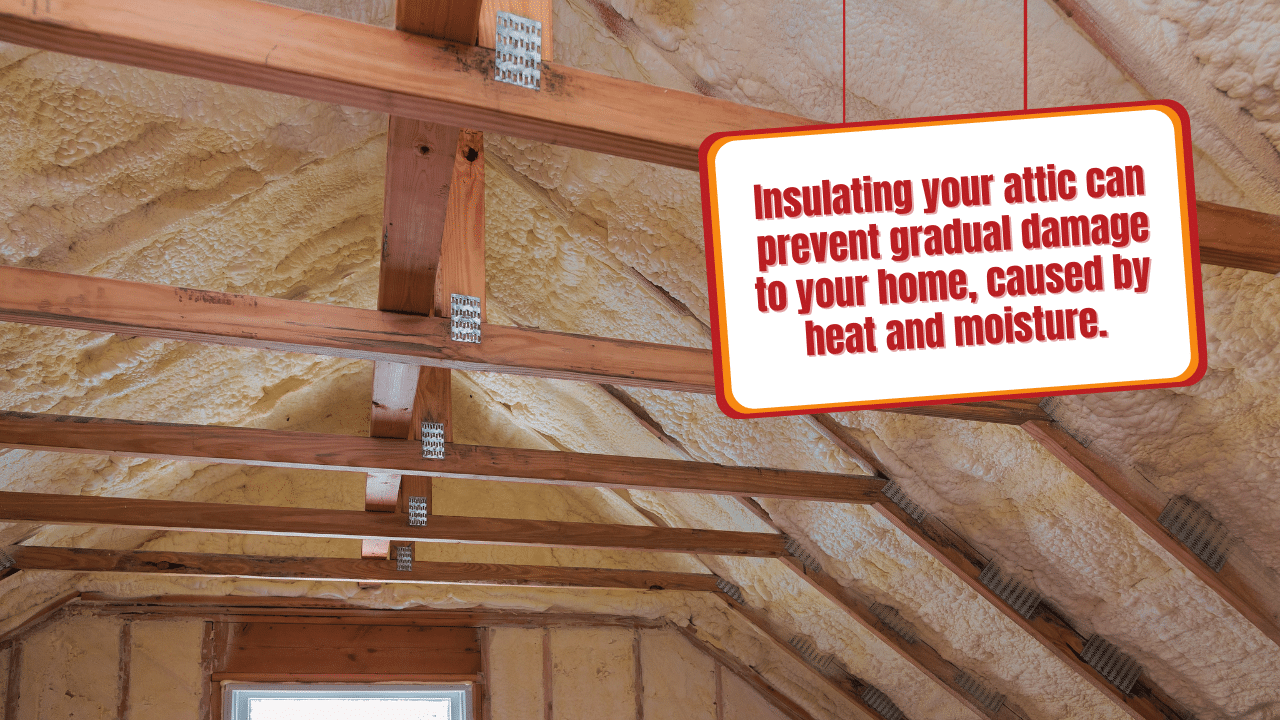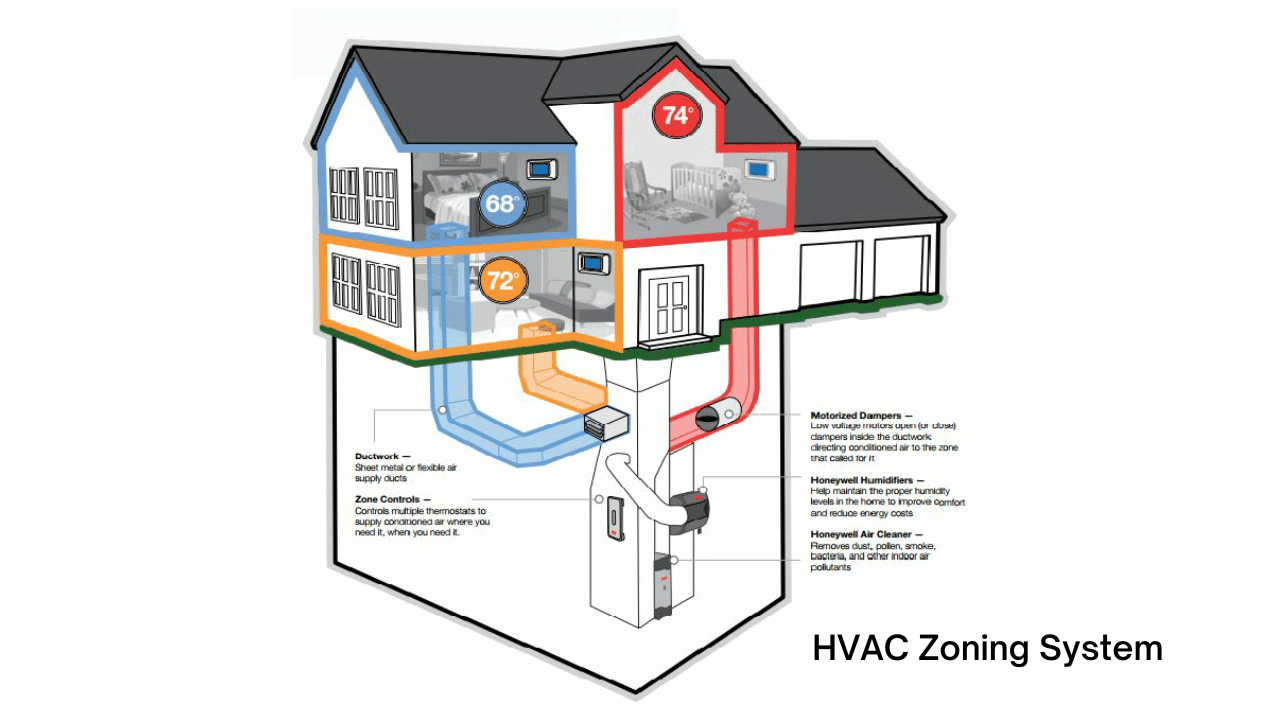On scorching summer days, your air conditioner sometimes feels like a life-saver at home. This allows you to feel completely comfortable and maintain your ideal temperature for maximum comfort. However, this may not be the case for every homeowner, especially if you live in a two-story home or have even more floors. The downstairs temperature may be comfortable, but the same cannot be said for the top floors.
So, how do you increase airflow to the second floor? You can increase airflow to the second floor by adding extra vents, using a zoned HVAC system, or having the AC running on fan mode. It is also essential to ensure all vents are clear and there is no loose ductwork, as this may negatively impact the airflow on the second floor of your home.
9 Tips to Improve the Cooling on Your Second Floor
There's no need to compromise for a hot upstairs. Here are some expert-backed techniques to follow to increase your house's airflow.
1. Increase the Second-floor Return Duct and Vent Size
Homeowners with an extensive upstairs may deal with hot rooms, especially if they have a small return air vent and duct. The incorrect size won't be enough to handle your cooling air needs effectively. If anything, they will need to work twice as hard to remove all the hot air upstairs. Increasing the size of your second-floor return duct and vent allows you to remove hot air more efficiently. This will enable you to solve poor airflow problems in your cooling system.
2. Add Another Return Vent
Homes with several upstairs floors will need more than one air return vent. Experts recommend at least having one air return vent for each room. For larger rooms, you may need another one installed.
Remember that return air vents are just as crucial as the other air vents, as they push the hot air outside your home and back into the air handler. Insufficient airflow in certain areas of your home happens when you do not have a consistent amount of air going back into the air handler.
3. Insulate and Ventilate the Attic

Ensure that your attic is adequately insulated to reduce heat and increase airflow to the second floor. Otherwise, expect the second floor to be hot and stuffy in the summer. Your roof tends to absorb the sun's heat if it's not built with a material that deflects it. This heat will reach the attic and then onto your second floor, which puts more strain on your HVAC system to cool it down. (Related: How Much Does Attic Insulation Cost?)
Achieve better circulation by ensuring the attic has both adequate insulation and ventilation. Proper insulation reduces the heat traveling to the second floor, while the ventilation will release a lot of moisture and heat.
Bonus Tip: You can also install an attic fan to help circulate the room's air. This will help decrease the hot air on your second floor– some homeowners close supply vents on the first floor to improve the second floor's circulation.
4. Use a Zoned System

The following method to help you increase airflow to the second floor is by installing a zoned HVAC system, which is more cost-efficient than dual air systems that require individual heat pumps and AC units. If you want to install a zoned system at home, you will need to work with an experienced HVAC technician who will divide your home into two heating and cooling areas (first and second floors).
This will help you individually control the temperatures for each zone to have a personalized home comfort system. It can also trim down your energy usage and the average cooling cost of your home as it works independently to function as needed.
5. Have a Professional Inspect the Ductwork
While plenty of online guides suggest that you can inspect the upstairs air ducts by yourself, it's better to hire an HVAC professional to spot every problem in your faulty ductwork. You can rely on their expertise to ensure no dirty filters restrict the airflow in all your upstairs living spaces. These experts will also check any leaks or gaps in your upstairs ducts and offer solutions to fix the problem. (Related: 10 Homeowners Share Their Duct Cleaning Experience & Total Costs)
6. Turn the Fan on to Increase Air Flow
If you keep the fan mode on your AC unit running, you may increase the airflow to the second floor of your home. Turning on the thermostat fan setting allows the air conditioner unit to remove the warm breeze. But, this may not be enough if you’re not getting any breeze from the system. If that’s the case, you may be better off having a professional inspect your air conditioner.
7. Check Your Air Ducts
Often overlooked, the ducts in your home take cool air from the HVAC system before circulating it throughout the house. So if you have faulty ductwork (leaking or age-old), this will put more strain on your HVAC unit to get your home cooled enough. In some cases, this may lead to uneven cooling.
Ask a local HVAC professional to check if your ductwork is sufficient to handle your home's cooling needs. Ideally, your contractor must take your home's airflow needs before installing the HVAC system. If anything goes amiss, this may be because of incorrect installation.
8. Ensure the Vents are Clean and Cleared

Yes, you read that right. You’ll be surprised at the number of homeowners unwittingly placing pieces of furniture in front of their air vents– which then blocks the airflow. To be sure, inspect different areas in your home to determine if any appliances or furniture are blocking the air vents. If you see one, move them to allow the vents to have a clear space and encourage maximum airflow in each room. (Related: No Air Blowing from AC Vents in House? The Most Common Culprits)
9. Purchase a New Air Conditioner
Lastly, one fool-proof way to increase your house's airflow is to purchase a brand new, high-efficiency AC unit. Keep in mind that no HVAC system will last forever. Eventually, your AC unit may face issues resulting in restricted airflow. Even adding an extra fan into the room won't cut it. Installing a new central air system may be your only hope of improving your upstairs room cooling experience.
Before you make a significant purchase, we recommend talking to an HVAC professional in your area. They can inspect your home needs and assess if a new AC unit purchase is the best way to go or if there are other options you can also consider. (Related: The Best Type of AC Unit For Your Home: A Consumer Guide)
Additional Tips for Cooling the Second Floor
Besides caring for your HVAC system, these tips will help you make an ideal place for your AC to operate. Make sure to try these recommendations before you start spending on bigger vents or air filter replacements.
